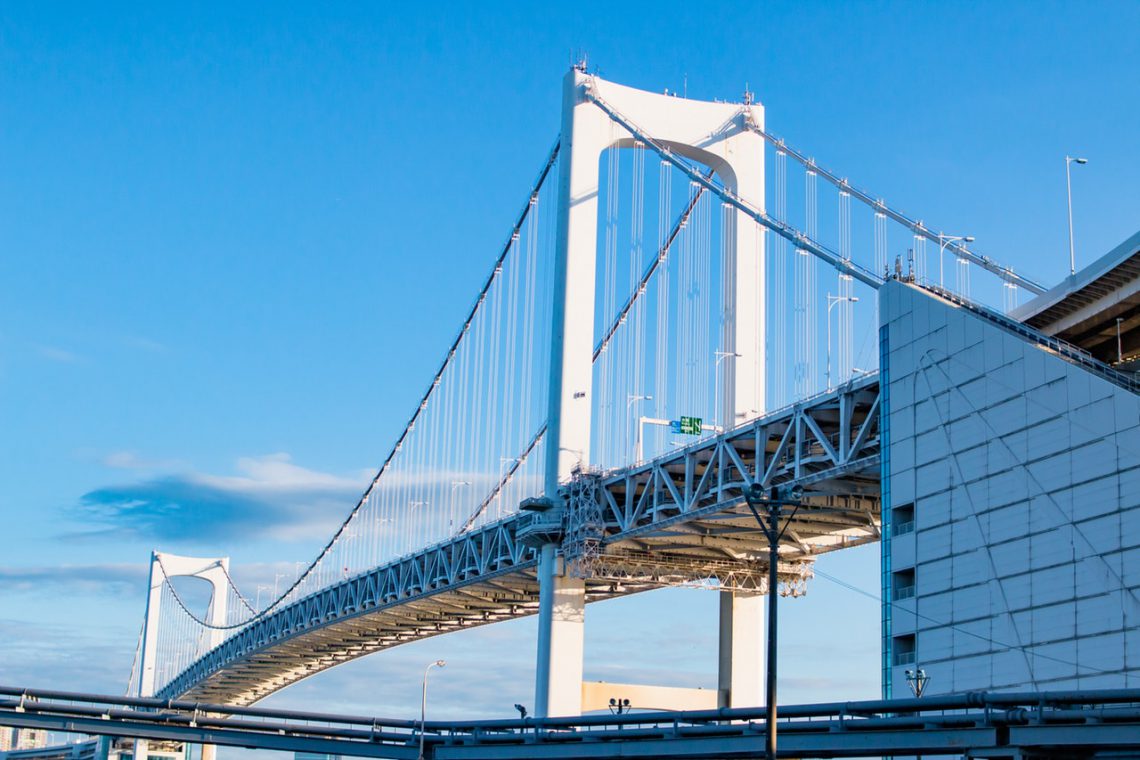DR ISMAIL QESHTA
Dr Ismail Qeshta of RMIT University focused on developing fragility models for bridges subjected to extreme wave hazards such as floods, hurricanes and tsunamis for his PhD research project. According to him, the fragility models are useful for evaluating the different strengthening methods that can improve the resilience of the bridges.
Initiation
The first part of the project was to provide a comprehensive review of the different areas that are essential for evaluating the resilience of bridges under extreme waves. Four main phases were identified: (a) estimation of wave forces, (b) evaluation of the structural response of bridge elements, (c) development of vulnerability assessment models, and (d) development of post-disaster recovery strategies.
The estimation of wave forces focuses on the main wave and bridge geometrical parameters that are needed to estimate the forces and the critical conditions. This is important for fragility models that require simplified models for a wide range of bridge classes within an inventory. The bridge structural response focuses on identifying the main failure mechanisms and their relationship with the bridge characteristics.
The vulnerability modelling is a major step for resilience assessment, as it provides a probabilistic prediction of the bridge damage with the increase in hazard level. The last phase focuses on translating the damage analyses data into decision variables (e.g., number of fatalities and economic losses) for decision makers.
Framework
The vulnerability assessment methodology consists of four main elements: the type and distribution of forces, the intensity of hazard, capacity of bridge, and the demand and capacity uncertainties.
Type and distribution of forces
The hydrodynamic force initiated during floods is considered the most predominant force element. The force is applied as a uniformly distributed load over the height of bridge piers. The force is applied at different inundation depths and velocity ranges to simulate all the possible conditions.
Intensity measure
The inundation depth and velocity are the most commonly adopted intensity measures for fragility functions of structures under extreme wave hazards. In this research, the momentum flux was adopted as the intensity measure that combines the effect of both velocity and inundation depth. Hence, the scatter in fragility data can be reduced and more accurate estimation of bridge response is obtained.
Capacity of bridge
In integral bridges, the piers fail due to the significant lateral displacements as a result of the transfer of forces from the deck. Hence, the pier drift was considered the main engineering demand parameter that is used to define the capacity of bridge.
Uncertainties in demand and capacity
The uncertainties in force and structural parameters were considered in the fragility analyses. The main demand uncertainty was assumed to be in the hydrodynamic drag force coefficient, while the main uncertainty in capacity was assumed to be in the concrete compressive strength and the yield strength of longitudinal steel reinforcement of piers.
Implementation
The proposed framework was implemented on a bridge located in flood-prone region. The bridge was assumed to be integral and the hydrodynamic force was applied on all piers. The foundation had a larger capacity than piers, and hence piers failure was assumed to control the global failure of bridge. The main steps for developing fragility functions of bridge are summarized as follows:
- Select velocity and inundation depth ranges.
- Determine the main damage states of bridge.
- Apply the hydrodynamic force at all velocity and inundation depth ranges.
- Determine the drifts and compute fragility.
Strengthening scheme
A strengthening scheme can be proposed for enhancing the resilience of bridges under extreme waves. For instance, concrete or carbon fibre reinforced polymer jackets can be adopted as possible strengthening methods to increase the capacity of piers. The fragility analyses can be conducted for both un-strengthened and strengthened bridge cases, and the fragility functions can be compared to examine the effectiveness of strengthening scheme.
Closure
The proposed methodology is useful for roads authorities who aim to scan the vulnerability of bridges located in at-risk regions. The outcomes of the vulnerability analyses can be used for evaluating the resilience of different strengthening schemes taking into account the closure time, cost of project and green gases emission. This research paves the way for future studies that aim to provide more resilient road infrastructure under natural hazards. At the end of project, the following outcomes were achieved:
- Identification of the main phases of resilience assessment of bridges under wave hazards.
- Development of resilience indices that take into consideration the social, economic and environmental impact factors.
- Development of a framework for developing fragility functions of bridges under flood hazards.
- Evaluation of the effectiveness of carbon fiber reinforced polymer jackets for enhancing the resilience of bridges.

